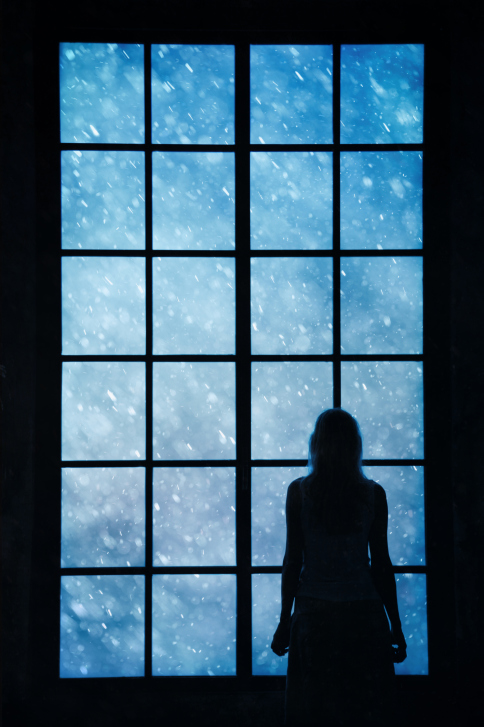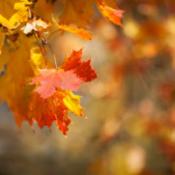 Seasonal affective disorder (SAD) is a type of depression that most often occurs in the fall and winter months when days are shorter and less light is available. Light therapy has long been the treatment of choice because most research points to the role of decreased ultraviolet light in SAD. A new study published in the American Journal of Psychiatry calls this theory into question, suggesting cognitive-behavioral therapy (CBT) is more effective than light therapy.
Seasonal affective disorder (SAD) is a type of depression that most often occurs in the fall and winter months when days are shorter and less light is available. Light therapy has long been the treatment of choice because most research points to the role of decreased ultraviolet light in SAD. A new study published in the American Journal of Psychiatry calls this theory into question, suggesting cognitive-behavioral therapy (CBT) is more effective than light therapy.
Therapy to Treat Seasonal Affective Disorder
The study, led by University of Vermont psychology professor Kelly Rohan, involved 177 people with SAD. One group received 30 minutes of light therapy each morning for six weeks. Throughout treatment, researchers made small tweaks to the therapy to minimize side effects and maximize effectiveness. They told participants to continue with light therapy until spring.
The second group received two 50-minute sessions of cognitive behavioral therapy (CBT) each week for six weeks. CBT focuses on identifying and combating automatic negative thoughts, potentially changing behavior and emotions. Sessions focused on encouraging participants to avoid negative winter behaviors—such as isolating themselves—and to reduce their negative thoughts about the season.
In the winter after treatment, both groups experienced similar levels of symptom relief. But in the following winter, 46% of the light therapy group reported a recurrence of SAD, compared to just 27% of those who underwent CBT. When therapy recipients experienced a recurrence of depression, their symptoms were typically less severe than those who only received light therapy.
Learning Positive Emotions Through Therapy
The study suggests therapy offers skills that continue to serve people well after therapy ends. The researchers say light therapy, by contrast, requires an ongoing commitment. Particularly for people who are not able to meet their obligations and maintain a commitment to health and wellness, 30 minutes or more of light therapy each day can feel daunting. Researchers found that by the second winter, just 30% of the light therapy group continued with light therapy.References:
- In preventing return of winter blues, talk outshines light. (2015, November 5). Retrieved from http://www.sciencedaily.com/releases/2015/11/151105084516.htm
- Rohan, K. J., Meyerhoff, J., Ho, S., Evans, M., Postolache, T. T., & Vacek, P. M. (2015). Outcomes one and two winters following cognitive-behavioral therapy or light therapy for seasonal affective disorder. American Journal of Psychiatry. doi:10.1176/appi.ajp.2015.15060773
- Seasonal affective disorder (SAD). (n.d.). Retrieved from http://www.mayoclinic.org/diseases-conditions/seasonal-affective-disorder/basics/symptoms/con-20021047
© Copyright 2015 GoodTherapy.org. All rights reserved.
The preceding article was solely written by the author named above. Any views and opinions expressed are not necessarily shared by GoodTherapy.org. Questions or concerns about the preceding article can be directed to the author or posted as a comment below.

 11 Ways to Arm Yourself Against SAD
11 Ways to Arm Yourself Against SAD Depression and Phytotherapy: Healing with Plants and Herbs
Depression and Phytotherapy: Healing with Plants and Herbs Does Your Mood Change with the Seasons?
Does Your Mood Change with the Seasons?